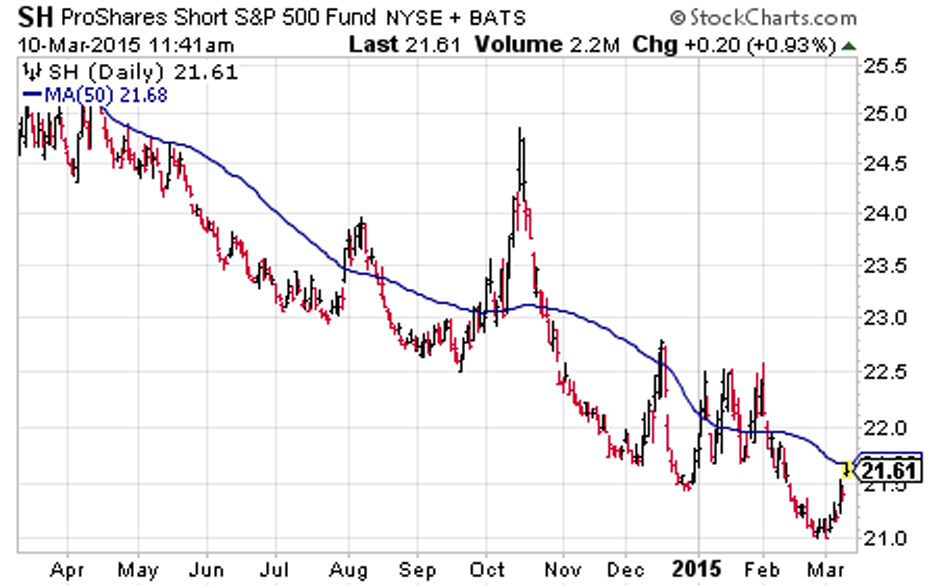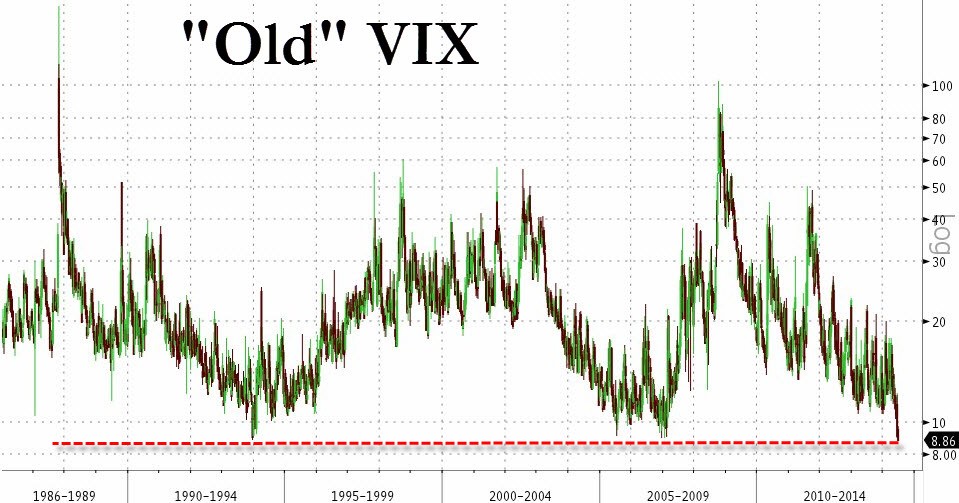Buy and Hedge What does a Low VIX Mean
Post on: 3 Июнь, 2015 No Comment

As a Buy and Hedge investor, you are probably familiar with managing the costs of hedges. After all, it’s necessary to match the cost with the protection you’re establishing. The cost is usually tied to three factors: one, how far away from the money the option is; two, the time left till expiration of the protection; and three, the volatility of the asset you’re protecting.
The first two are pretty easy to determine. Distance from the market or days till expiration are both definable quantities that only require simple subtraction. Volatility, on the other hand, is not so simple. There are many ways that volatility is defined, but the one that has a direct impact on the price of hedging is what is known as implied volatility.
Implied volatility captures the heart of what traders are willing to buy and sell an option for taking all factors into account. Luckily, wherever you are getting your option quotes from will tell you the IV of any option. Interpreting the number is a whole different ball of wax.
As option prices go up, the IV goes up as a rule of thumb. But the IV is different for every strike of every month for calls and puts. That’s good for sellers and bad for buyers. So how can you tell if it is high or not?
Say hello to the VIX. We’ve talked about the VIX on this site before and it is used as the benchmark for the volatility of the market. In a nutshell, it is the IV for the S&P 500. Yes, this index we hear about all the time, is actually a reflection of the option prices on the broad market. Without options, there would be no VIX.
What many people don’t realize is that the VIX itself is a complicated set of calculations. The VIX intends to reflect the expected volatility of the next 30 days of the S&P 500. Said another way, every day, the index is looking forward to reflect the volatility over the next 30 days. In order to do that, it uses option prices for the current month and the next month.
The VIX closed at a low today, not seen since July 7th, 2011. So what does that mean? We could interpret that to mean that we have 30 days of low volatility ahead of us; well at least that’s what the traders of the SPX (S&P 500 Index) are leading us to believe.
I hate to dissappoint you all, but the VIX is no better market predictor than anything else out there and can be just as wrong. Look what happened 30 days after July 7th, 2011. The market went through some of the most volatile moves its ever seen with multiple consecutive days of 400-500 point DOW movement.
There are actually some contrarian traders that watch for the VIX to bottom as the catalyst for shorting or selling long positions. Kind of along the lines of Its quiet…too quiet” or the Calm Before the Storm” mentality.
Since we’re not market timers at Buy and Hedge, we’re not going to tell anyone now is the time to sell. Prolonged low volatility can be a reality, and those contrarians would have been very wrong if they used the VIX as an indicator for a market turn on Feb 3rd of this year, when it fell below 17 for the first time in 6 months.

What we can take away from a low VIX is at the heart of what it represents; low implied volatility in option prices. This means that going long options is going to be cheaper than say 3 months ago when the VIX was in the mid 20’s.
This bodes well for In-the-money call strategies or buying protective puts. Spreads and collars lose some of their luster as the money generated by selling calls or puts doesn’t bring in what it used to.
So what do we think about a low VIX? Only that it helps us determine what hedging strategy will work best for us. Keep that in mind and remember that protection is best purchased and most affordable when no one else is buying it.
Happy Hedging!
Posted in Volatility Tagged with no tags














